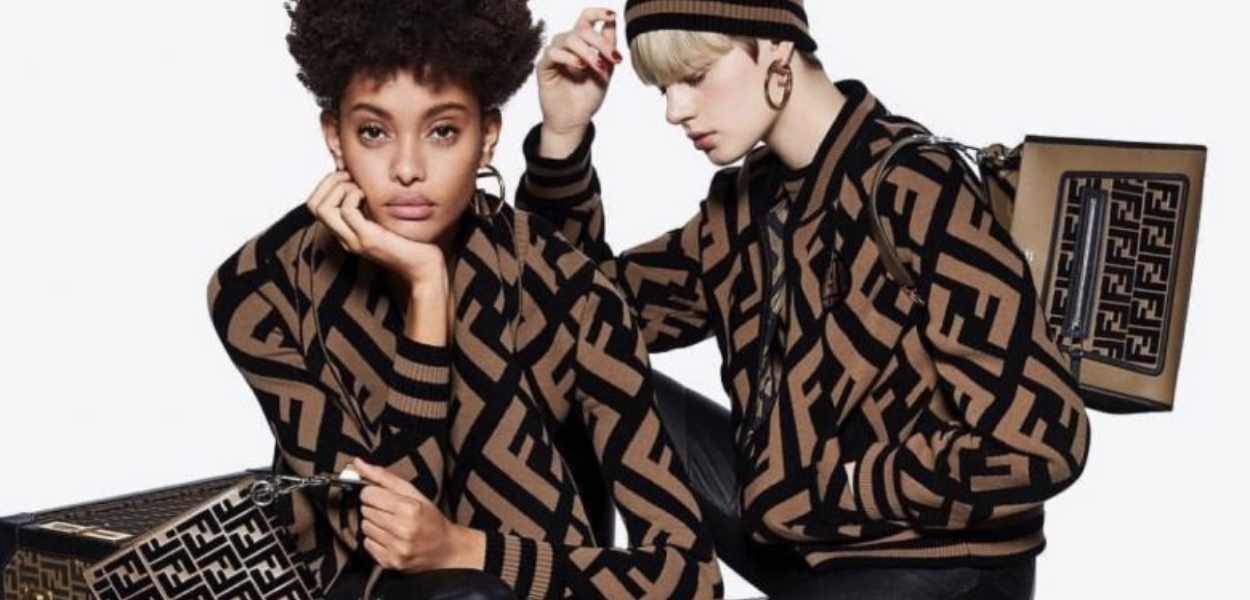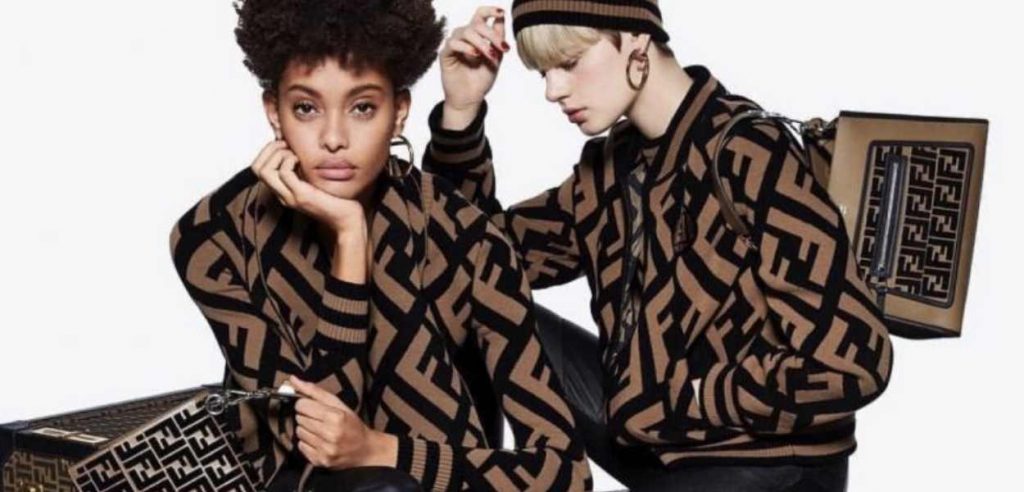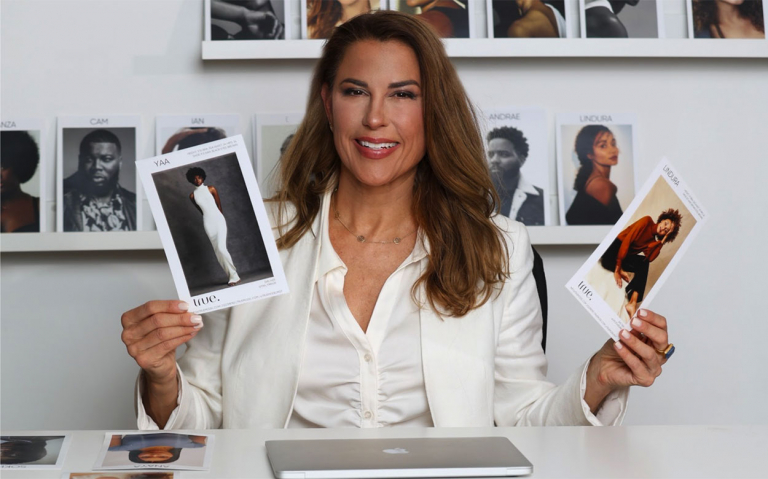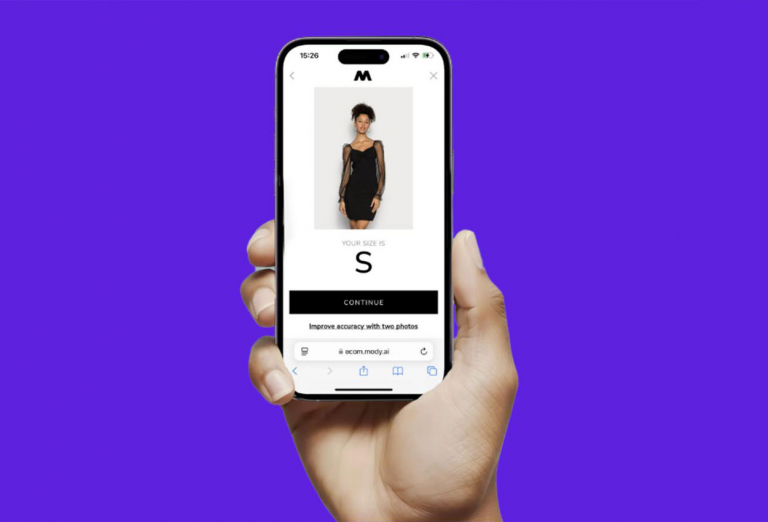I recently went to Dubai Mall for the first time, the biggest mall in the world. As expected, the experience was dizzying. So many things to see, such a small field of vision. And yet somehow, it all seemed homogenous. Fashion logos. Everywhere. Plastered over t-shirts, jewelry, shoes and bags.
Indeed, brands seem to have become obsessed with these icons. Recent fashion collabs—such as Fendace and Balengucci—largely leaned on logos to appeal to the customer. Of course, I am not the first nor the last to notice this. Fashion vigilante account Diet Prada freshly pointed out this seemingly idiotic obsession with logos.
But what does it all mean? Fashion reflects the society that produces it. So what is it exactly about the world in which we live which has led to logomania? We might be able to understand by looking at the history of fashion logos.
The Beginning of Logomania: the 1980s Hip Hop Culture
The 1980s was an era of maximalism. Extravagance was in, subtlety was out. And it was precisely in this context that Daniel Day constructed his legendary brand, Dapper Dan. The designer was looking to bring luxury to Harlem, as black populations began to access the upper classes. And so he modified the luxury of the Upper East Side to their taste.
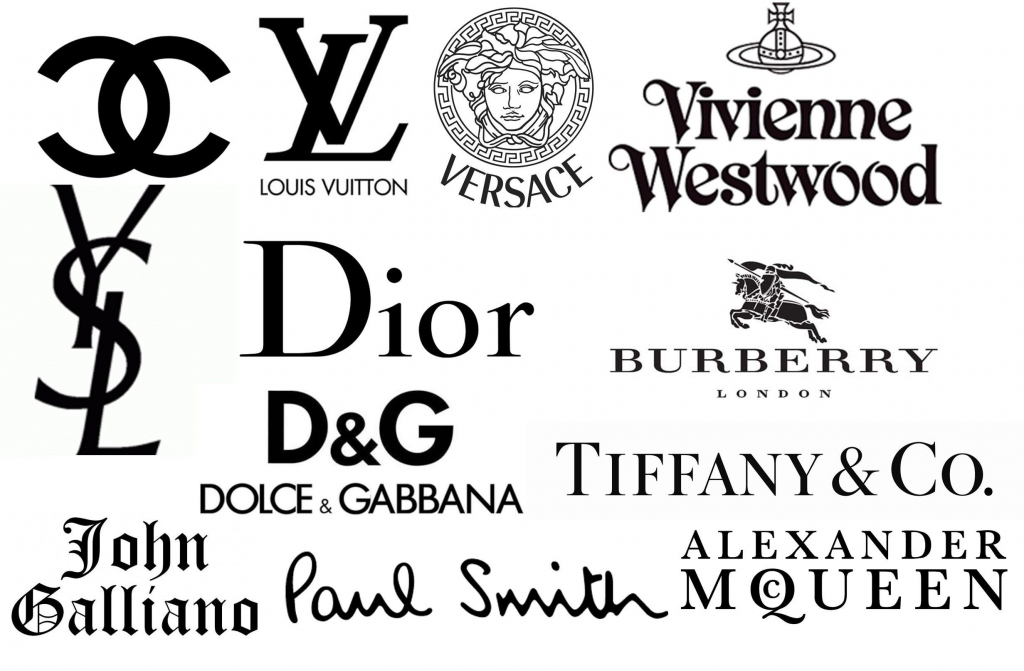
He began making lavish coats made of the highest quality leather and fur and putting brand logos on them. This attracted the attention of hip hop stars and gangsters alike, who sported Dan’s creations at events, contributing to his fame. So the demand for logo-filled jackets, tracksuits and coats skyrocketed, marking the beginning of logomania.
Of course, what Dapper Dan was doing was not precisely legal, and he eventually was forced to close his business down. But his role as a pioneer is undeniable—and the silence around it seems suspicious at best. Because his success made the way to appeal to an emerging customer base obvious for luxury brands. Hence why they began expanding the importance of their logos, attempting to appeal to the hip hop subculture.
Fashion Logos in the 90s and the early 2000s
The Importance of Celebrity
Then with the 90s came the rise of minimalism. Surprisingly, however, this did not mean the complete disappearance of fashion logos. After all, logomania had been part of a subculture and had only silently been growing in popularity. But by the end of the decade, the trend was circling around with full force.
Now, it is essential to point out how important celebrities were in this process. Fictional fashion icon Carrie Bradshaw, dubbed the first influencer by some, regularly sported logo-filled Dior saddlebags. This not only helped give them their “it” bag status, but also contributed to bringing logos into the mainstream conversation. One must also emphasize Paris Hilton’s role in all of this. Also named the original influencer, her love of brand imagery prompted young people everywhere to seek after logos.
What is interesting to reflect on is the reason behind the appeal of logos to these celebrities. And though we might never know for sure, it is evident that high fashion logos are status symbols. They are like modern-day family crests, signaling pseudo-aristocratic appurtenance. Because in the morally dubious world in which we live, wealth is something to be proud of.
With Economic Collapse Comes the Downfall of Logos
Then came the 2008 economic recession. Fashion logos were suddenly in bad taste, as it meant showing off to those who had lost everything. This points to an interesting phenomenon: the parallels between economic fluctuations and the popularity of logomania. Logos thus fell out of fashion, with the wealthy favoring discrete sartorial choices.
The Great Comeback of the late 2010s
The Role of the Influencer
In the late 2010s, the 20-year fashion cycle brought back the 90s. So, in the presence of a better economy, the return of the logo was inevitable. Additionally, social media made the return of brand iconography easier. Logo-filled pieces became tools. Brands began sending them to influencers, hence ensuring that the brand’s name was front and center. Such a technique was equally beneficial to influencers. Wearing fashion logos attracts other brands, for it makes it clear that the influencer in question has “made it”. And as the influencer influences, logomania seeped into the mind of the masses.
The Disruption of the Pandemic
But Covid interrupted it all. The lockdown meant that logos had no venue to make an appearance, so they were relegated to the background.
However, despite the economic consequences of the pandemic, fashion logos resurged in full force when things got better. People began dressing up more in a revengeful stab against the virus, creating the perfect environment for logos to thrive. Additionally, Y2K style became the latest thing in fashion, furthering the appeal of logomania.
Still, fashion logos are not precisely what they used to be. Their widespread use has helped small businesses, as it presents a tool of instant recognition, helpful to construct popularity. Just look at the fad over Telfar Clemens bags, surprising considering the relatively new status of the brand.
How Logomania Reflects the Great Change of the Luxury Industry
Underpinning logomania is a phenomenon that might not be as obvious: the change in the customer base of the luxury market. The rise of China as a major world power, amongst the development of other nations, has meant the expansion of the middle class. With their access to wealth, this section of the population is now able to purchase some luxury goods. Giving a sense of status, logo-filled pieces are amongst the most popular to these middle-class consumers. And so brands find themselves forced to further invest in the logo craze. Because the middle class has become close to the biggest chunk of the luxury market’s clientele.
So, in a way, the phenomenon of logomania is a reflection of the democratization of luxury and fashion as a whole. The upper echelons of society are no longer the only ones with access to fashion. That is something to be celebrated.
Nevertheless, it is important to question the obsession with status symbols. Because in the disastrous times in which we live, is it really right to be flaunting wealth?
Like this article? Check out the history of subversive clothing and feminism!
